Evaluating the Current State of Marvel 2020
Back in 1998, Michael Jordan finished another three-peat with the Chicago Bulls, giving him and the team six world championships. Then, Phil Jackson’s contract ended, Dennis Rodman and Scottie Pippen left for greener pastures, and Jordan retired again. Suddenly, Bulls fans were left what would come next.
I mention all of this because fans of the Marvel Cinematic Universe (MCU) are currently in a similar position. The entire group of Marvel superheroes has vanquished Thanos and restored 50 percent of humanity from an unfortunate dust-based incident.
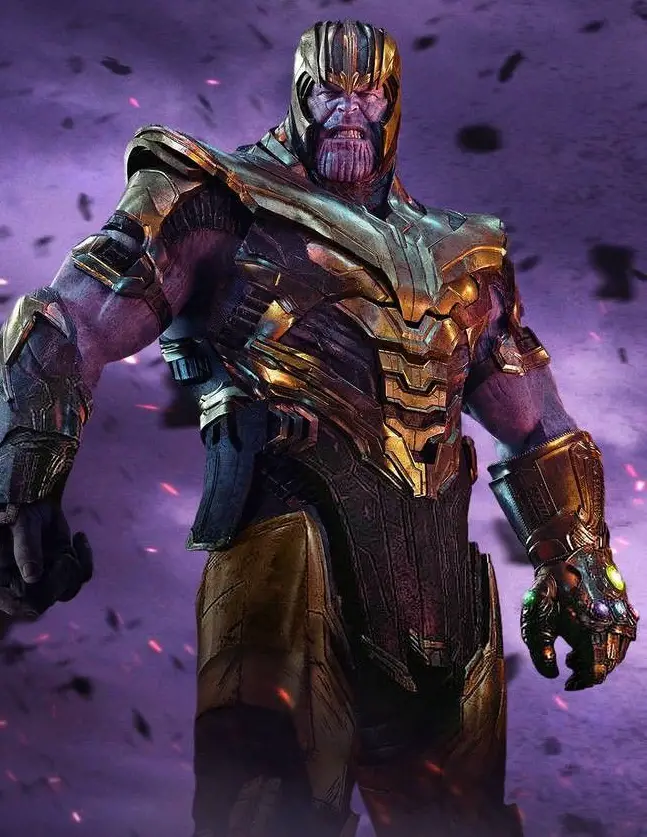
Along the way, a couple of Avengers sacrificed their lives, leaving movie lovers to wonder, “What’s next?” Let’s evaluate the current state of Marvel before the release of Black Widow.
How We Got Here
Marvel producer Kevin Feige meticulously plotted the entire MCU long before the rest of us knew what an Ant-Man was. He cleverly chose to break multi-movie storylines into segments that he called phases. To date, Marvel has completed three phases.
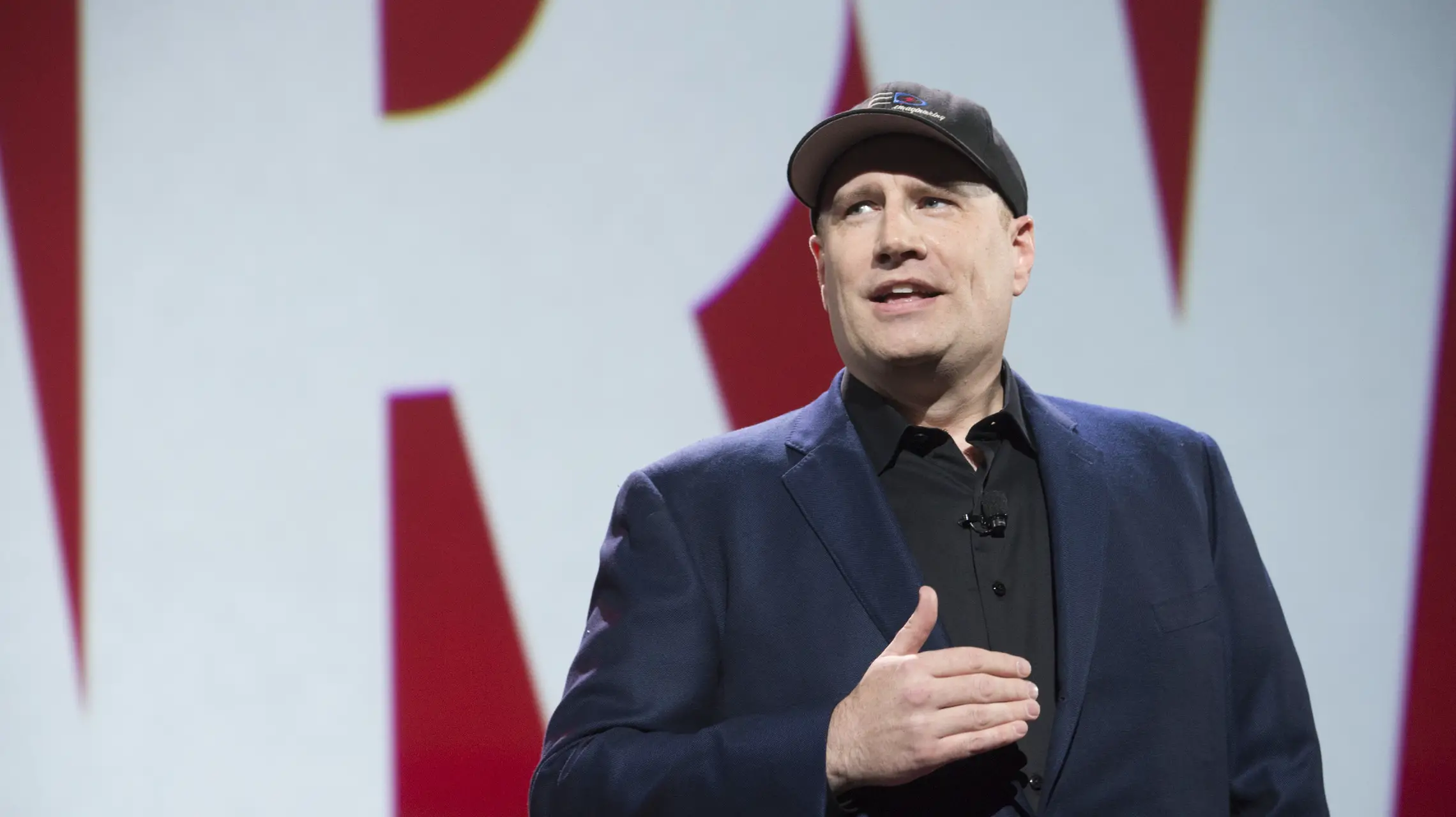
Photo by Disney/Image Group LA via Getty Images
During Phase One, the MCU introduced its Avengers core. Iron Man and The Incredible Hulk started the process. Then, Marvel experienced its greatest successes with the next three titles. Iron Man 2, Thor, and Captain America: The First Avenger proved that worldwide audiences possessed an appetite for comic book movies.
The final film of Phase One would turn the appetite into an unquenchable hunger. The Avengers shattered box office records across the planet. Feige and his new bosses at Disney felt confident enough in their early attempts that they doubled down on the premise.
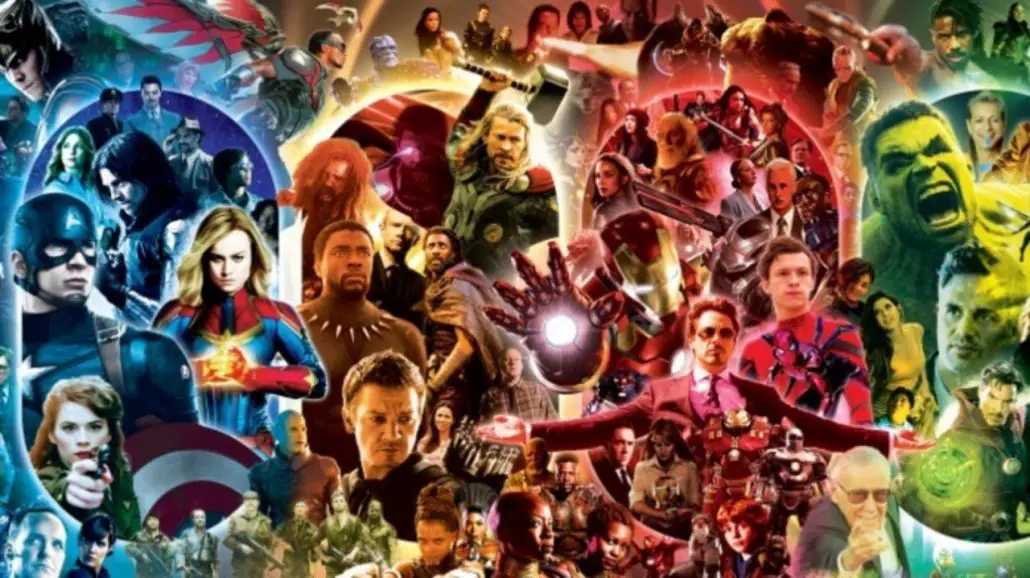
During Phase Two, Marvel produced the following films:
- Iron Man 3
- Thor: The Dark World
- Captain America: The Winter Soldier
- Guardians of the Galaxy
- Avengers: Age of Ultron
- Ant-Man
While the Thor sequel and Age of Ultron both have their detractors, all six titles outperformed box office expectations. One of them, Guardians of the Galaxy, holds a claim as the most shocking blockbuster of the 2000s.
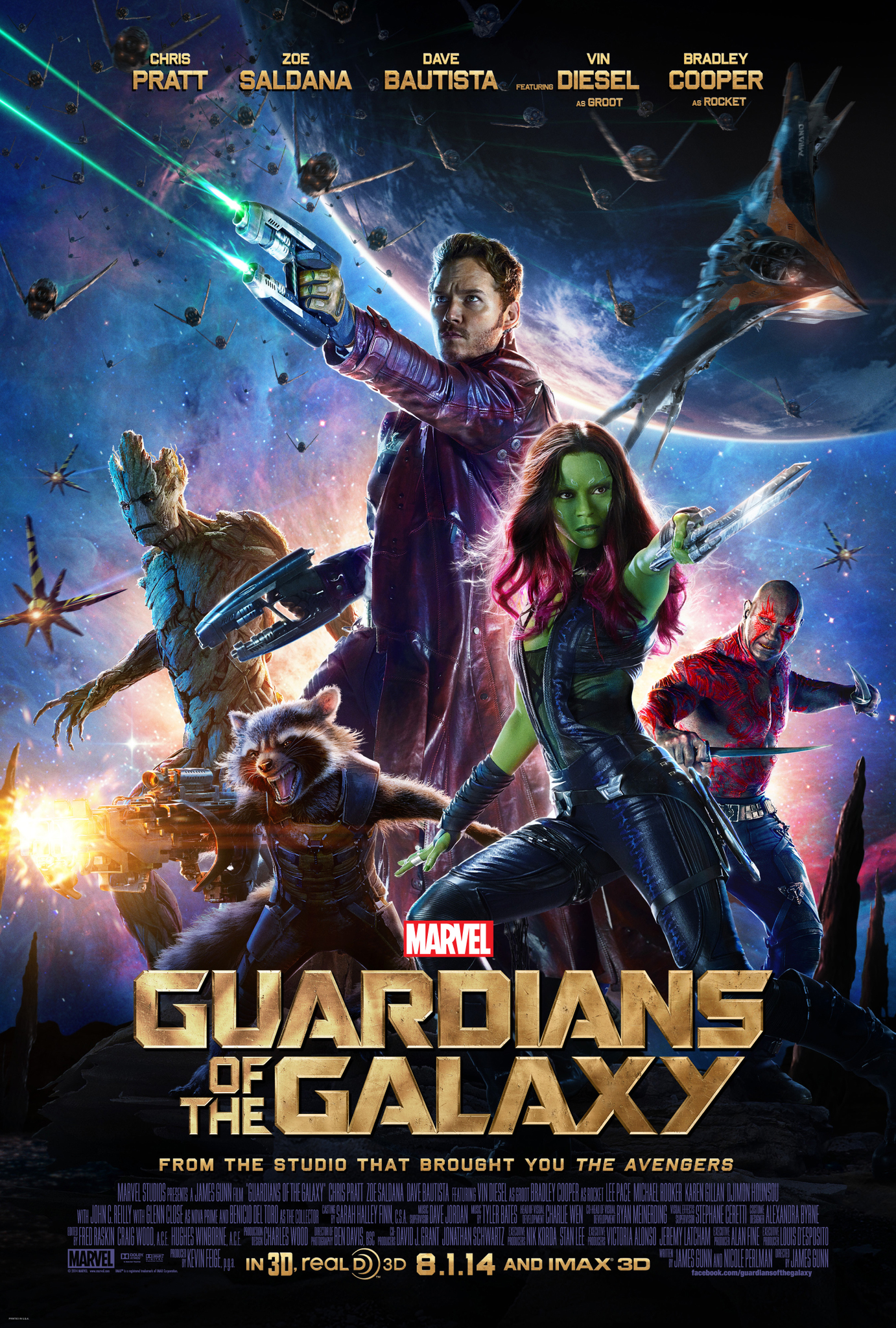
By this point, Feige and his team believed that they could do anything. So, during Phase Three, they built a step-by-step path to the ultimate MCU movie, Avengers: Endgame. Then, in a somewhat unexpected development, a non-Disney film completed the phase, acting as a code for the first decade of the MCU.
The Phase Three releases were:
- Captain America: Civil War
- Doctor Strange
- Guardians of the Galaxy Vol. 2
- Spider-Man: Homecoming
- Thor: Ragnarok
- Black Panther
- Avengers: Infinity War
- Ant-Man and the Wasp
- Captain Marvel
- Avengers: Endgame
- Spider-Man: Far From Home
These results speak for themselves.
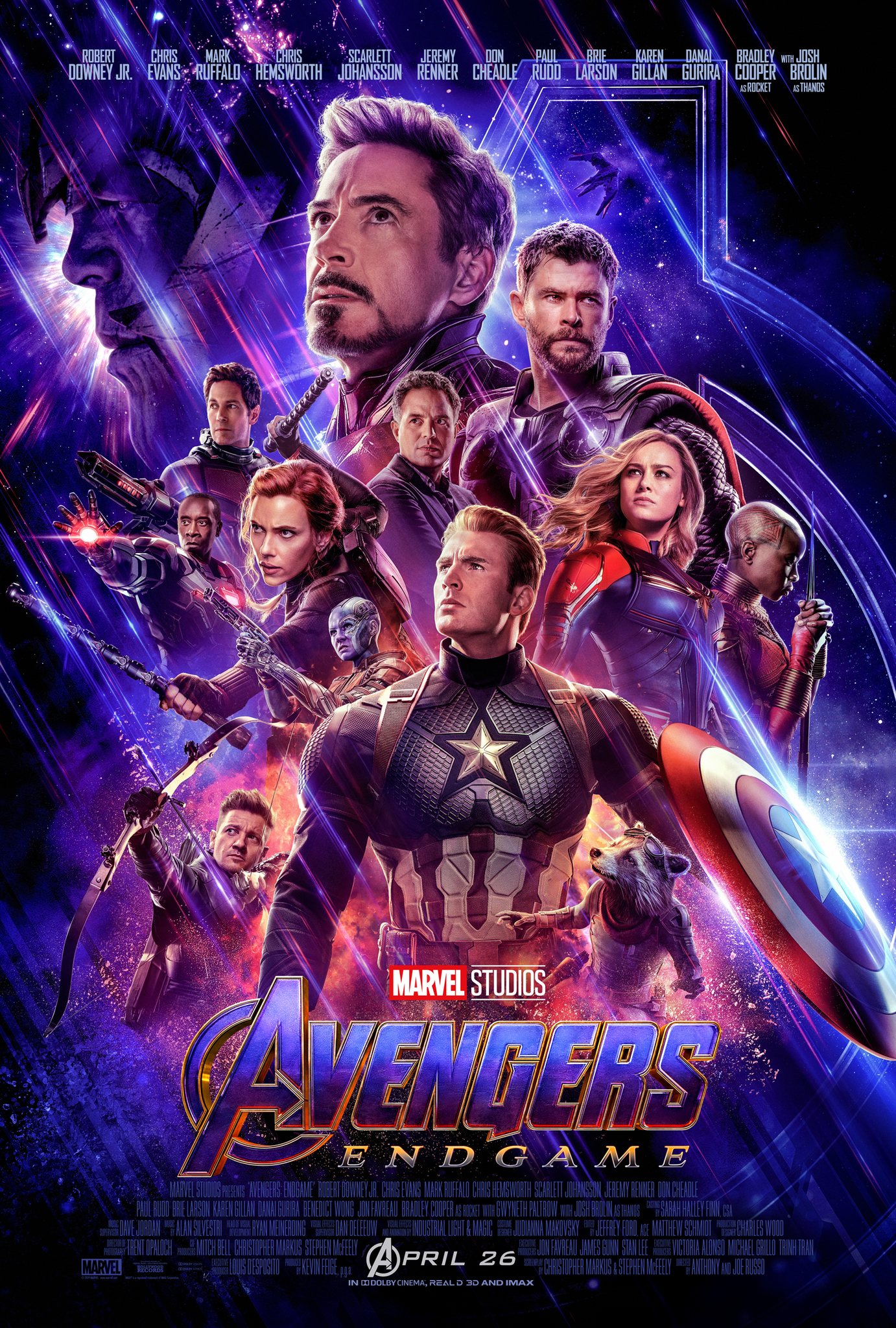
Welcome to Phase Four
However, the completion of Phase Three has left the MCU in a state of flux. By now, you almost certainly know that two beloved Avengers didn’t make it out of Endgame alive. Sure, that’s better than what happened during Avengers: Infinity War, but it’s not great for the fans of dearly departed.
Besides, many of the core Avengers signed multi-picture deals during Phase One. Some of those contracts have expired and are up for renegotiation. Given the cost of doing business with some of these actors, Disney’s okay with letting a few depart.
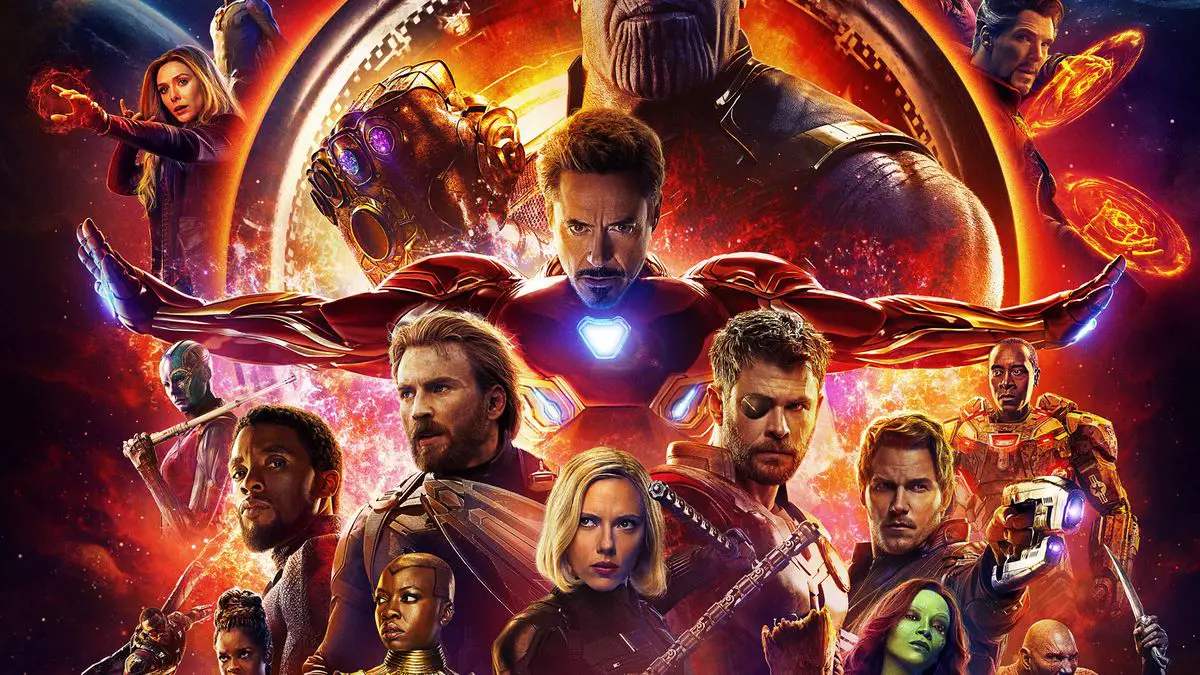
After all, we’ve had three different Spider-Men since 2007, yet the last one grossed $1.13 billion. Similarly, Robert Pattinson is about to become the sixth Batman over the past 30 years, yet nobody’s worried about the box office potential of 2021’s The Batman.
For this reason, Marvel will happily swap out Chris Evans for Anthony Mackie, Natalie Portman for Chris Hemsworth, and Florence Pugh for Scarlett Johansson. A film producer has no need to pay the talent more for a relatively similar box office performance.
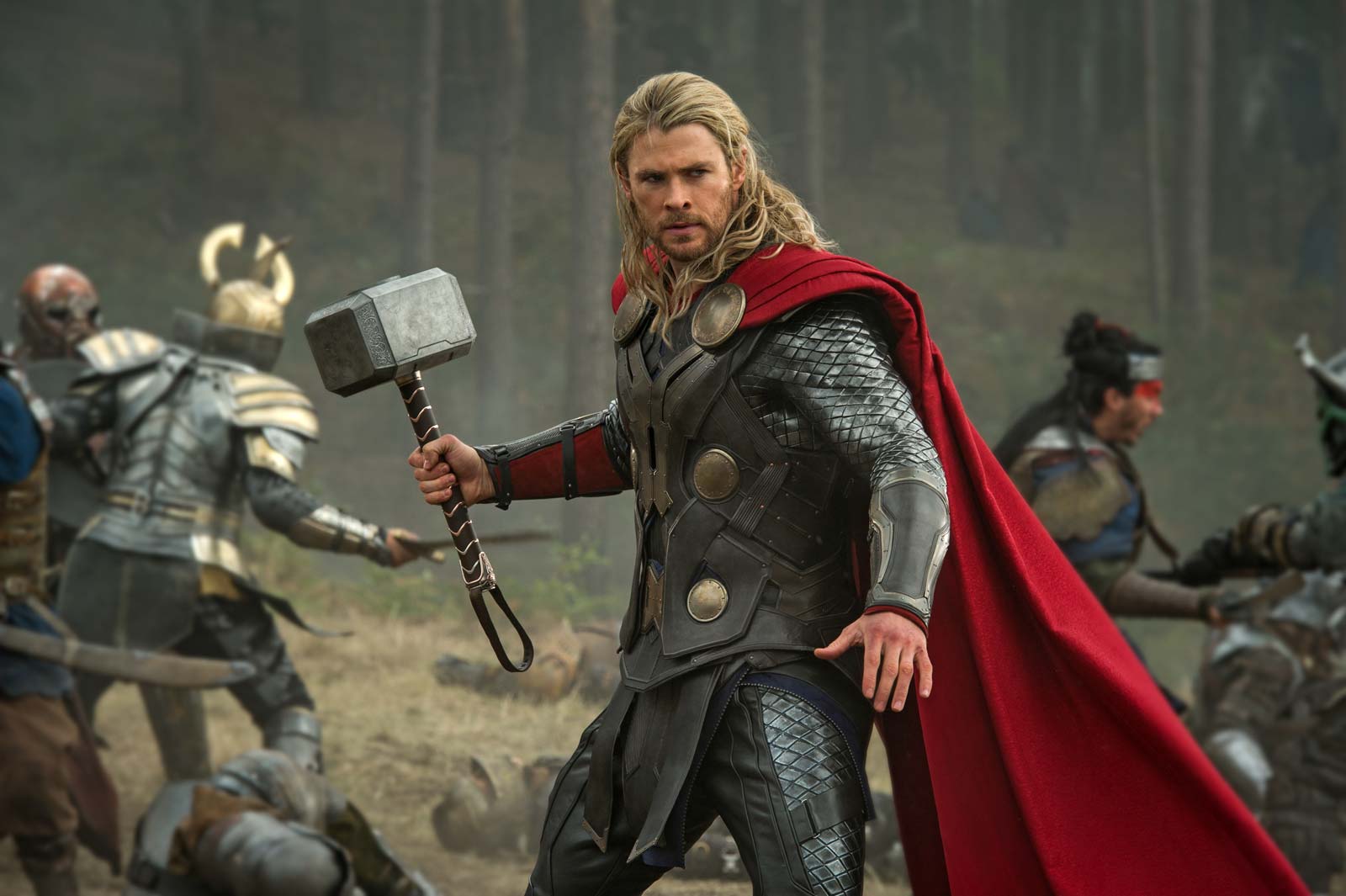
The New Marvel
Well, that’s the theory. We’re about to test it for the first time during Phase Four. Technically, Marvel did this once before when they swapped out Terrence Howard for Don Cheadle in Iron Man 2. But Tony Stark drove the ticket sales on that film, not James Rhodes.
We’re in uncharted territory with Phase Four. For the first time, the MCU isn’t building to anything. During Phase One, Marvel introduced the characters and sped toward a superhero team-up involving all of them.

In Phase Two and Phase Three, Disney extended the MCU, partially to increase revenue opportunities. Still, each step led The Avengers down the path toward a final confrontation with Thanos.
We no longer have a boogeyman lurking at the end of the films. Starting with The Avengers in 2012, Marvel has teased the inevitable clash with the owner of the Infinity Gauntlet. Now that the battle has been won, the MCU has a fresh reboot and a clean start.
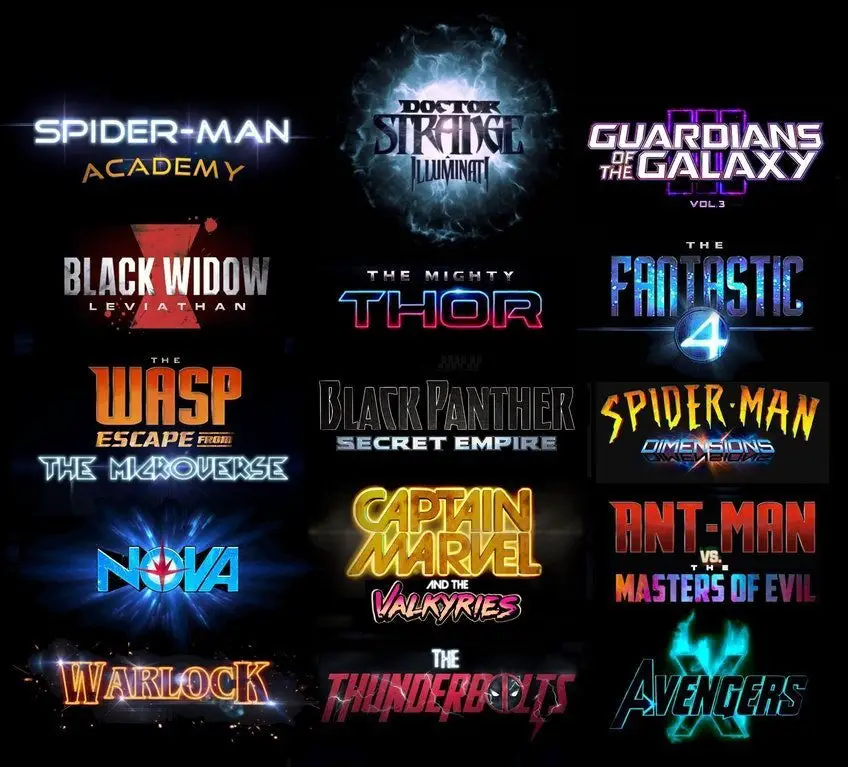
Introducing Disney+ in Phase Four
Disney’s using this opportunity to build the brand via a new avenue. The company will produce limited-run series involving established MCU characters like The Falcon and The Winter Soldier, Hawkeye, Loki, and WandaVision.
On the one hand, these products will sell a product, Disney+. The streaming service will provide a home for all future MCU productions. On the other hand, telling stories this way benefits Marvel. Six hour-long episodes run longer than a pair of movies would.

We just saw this with Star Wars, which released a canonical theatrical release of questionable quality, The Rise of Skywalker. Simultaneously, Disney+ exhibited a better-received product, The Mandalorian. And we previously witnessed this with a different service.
Marvel produced several made-for-Netflix titles of the utmost quality. Consumers purchased Netflix to watch them, and the service suffered a setback when it announced that Marvel stories are off the table now. Jessica Jones, Luke Cage, and Daredevil, virtual unknowns to non-comic book fans, became beloved heroes.

Why Disney+ Matters
Please take this opportunity to contemplate what Disney+ could do for The Falcon, aka the new Captain America. Without releasing a theatrical release, Marvel could make global audiences fall in love with the character of Sam Wilson.
Yes, The Falcon already claimed an iconic moment in Avengers: Endgame as he brought the cavalry to the final fight. But he could do so much more by earning his stripes as Captain America. Similarly, a new character from the series, U.S. Agent, could do the same, depending on how Marvel tells the story.

On paper, 2020 looks like a light year for Marvel releases, with only two theatrical titles in queue. However, Disney+ will introduce The Falcon and The Winter Soldier and WandaVision later this year.
That’s 12 hours of MCU storytelling, the equivalent of five movies. This is sneakily a significant year for Marvel, an inflection point of sorts.
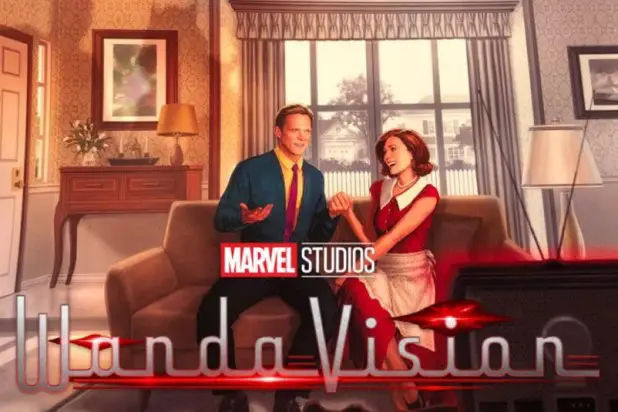
In fact, Marvel can cover so much ground through Disney+ that Phase Four will be over by the end of 2021! Here’s the current release schedule:
- Black Widow – May 1, 2020
- The Falcon and the Winter Soldier – Fall, 2020
- The Eternals – November 6, 2020
- WandaVision – TBA 2020
- Shang-Chi and the Legend of the Ten Rings – February 12, 2021
- Loki – Spring 2021
- Doctor Strange in the Multiverse of Madness – May 7, 2021
- What If… — Summer 2021
- Hawkeye – Fall 2021
- Thor: Love and Thunder – November 5, 2021
That’s roughly 40 hours of MCU content in less than two years. Twenty hours of content in a year is the same as 8-10 movies! You’re going to get your Marvel fix thanks to Disney+!
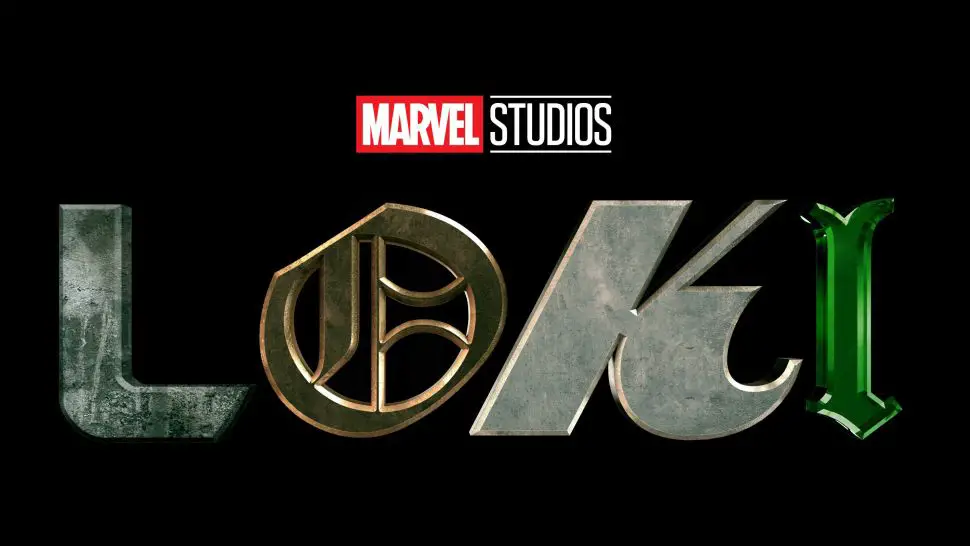
What Comes Next?
With the MCU in flux, I view Disney as having four primary goals for Phase Four.
The first is that Marvel must prove that the replacements for beloved characters are viable. Some of them, like Natalie Portman as Thor, seem likely to become instant crowd favorites. Others will face a tougher battle.
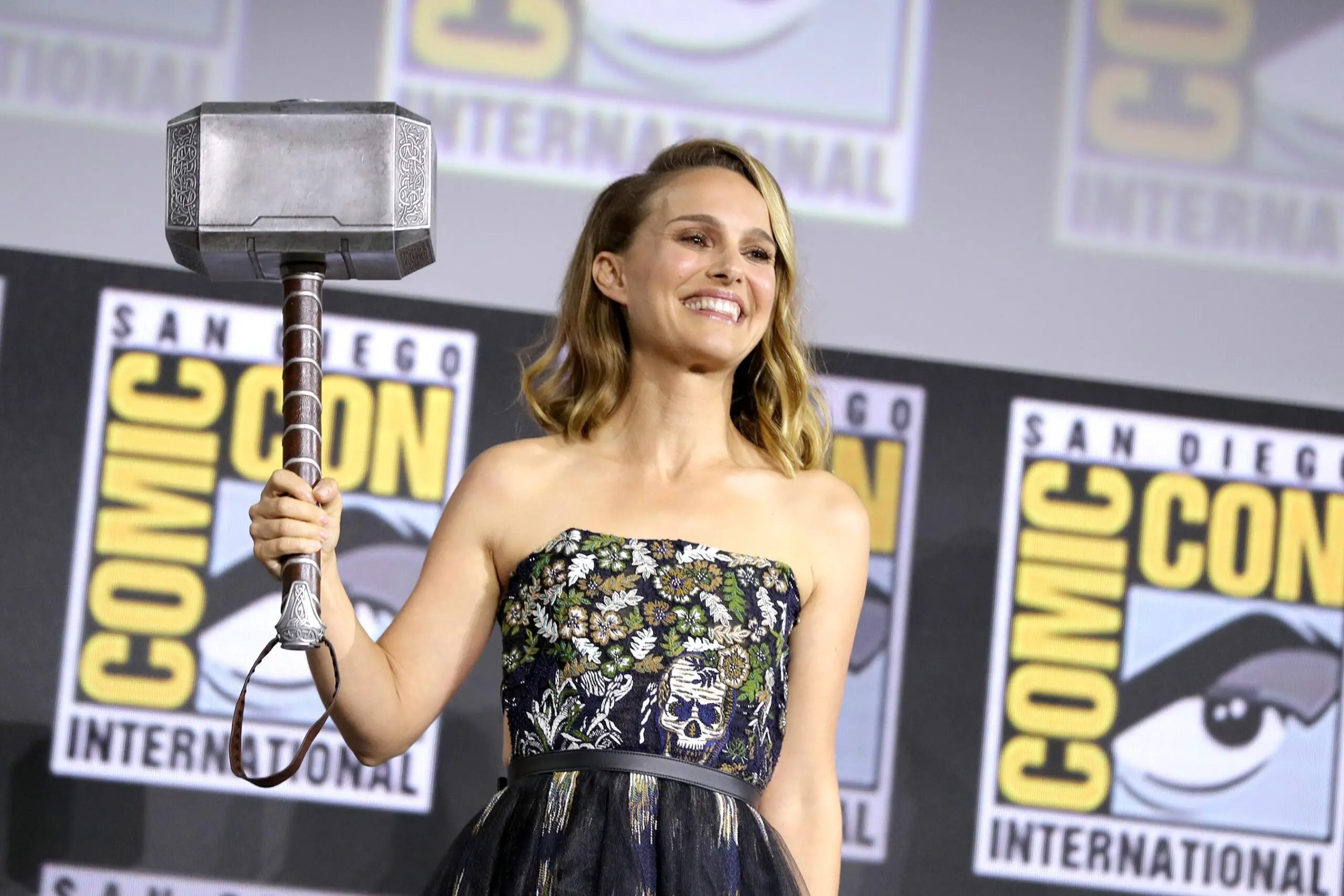
Photo by Chelsea Lauren/Variety/Shutterstock (10341985ar)
I strongly suspect that Marvel has introduced U.S. Agent as a tactical step. The Falcon could prove to viewers that he’s the superior choice for Captain America by winning a bake-off against another superhero. Of course, Steve Rogers picked him. So, that should be good enough for most.
You get the point, though. Replacements like Black Widow’s Florence Pugh and whoever plays Young Hawkeye have to excite audiences the way that the original actors did.
The next goal is to introduce new characters successfully. To an extent, this idea ties back to what I just said. However, I’m also speaking of entirely new superheroes like Shang-Chi and The Eternals. The former will matter a great deal in the lucrative Chinese market, while the latter could become Phase Four’s Guardians of the Galaxy.
The Toughest Parts of Phase Four
The third goal is to prove that limited series are just as good as movies. Theoretically, they should be better since the producers will have more time to tell the stories.
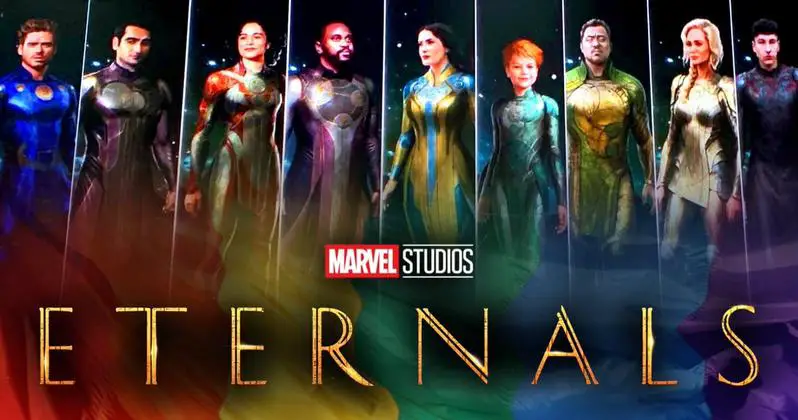
Sadly, audiences didn’t love Agent Carter the way that Marvel expected. And Inhumans represents the MCU’s greatest failing to date, which kills me as a huge fan of the characters. Similarly, the Daredevil series on Netflix is the only one that received universal acclaim for all three seasons. The others struggled in the face of unreasonable expectations.
Look, Disney’s throwing around a lot of money on these projects. The reported budgets for The Falcon and the Winter Soldier and WandaVision are $150 million…each. With money like that, the shows should be terrific. Otherwise, people will get fired.
But television’s a funny business. Have you ever looked at Matthew Perry’s post-Friends career? He’s the king of not getting shows renewed. And he’s a beloved television actor. Sometimes, a series fails even though it has every reason to succeed. If an MCU show doesn’t work, Marvel suffers a huge setback.
Finally, Disney must introduce a new villain or villains worthy of replacing Thanos. This step’s the hardest. Sure, the rogues’ gallery for The Avengers features any number of dangerous opponents. However, the situation’s precarious.
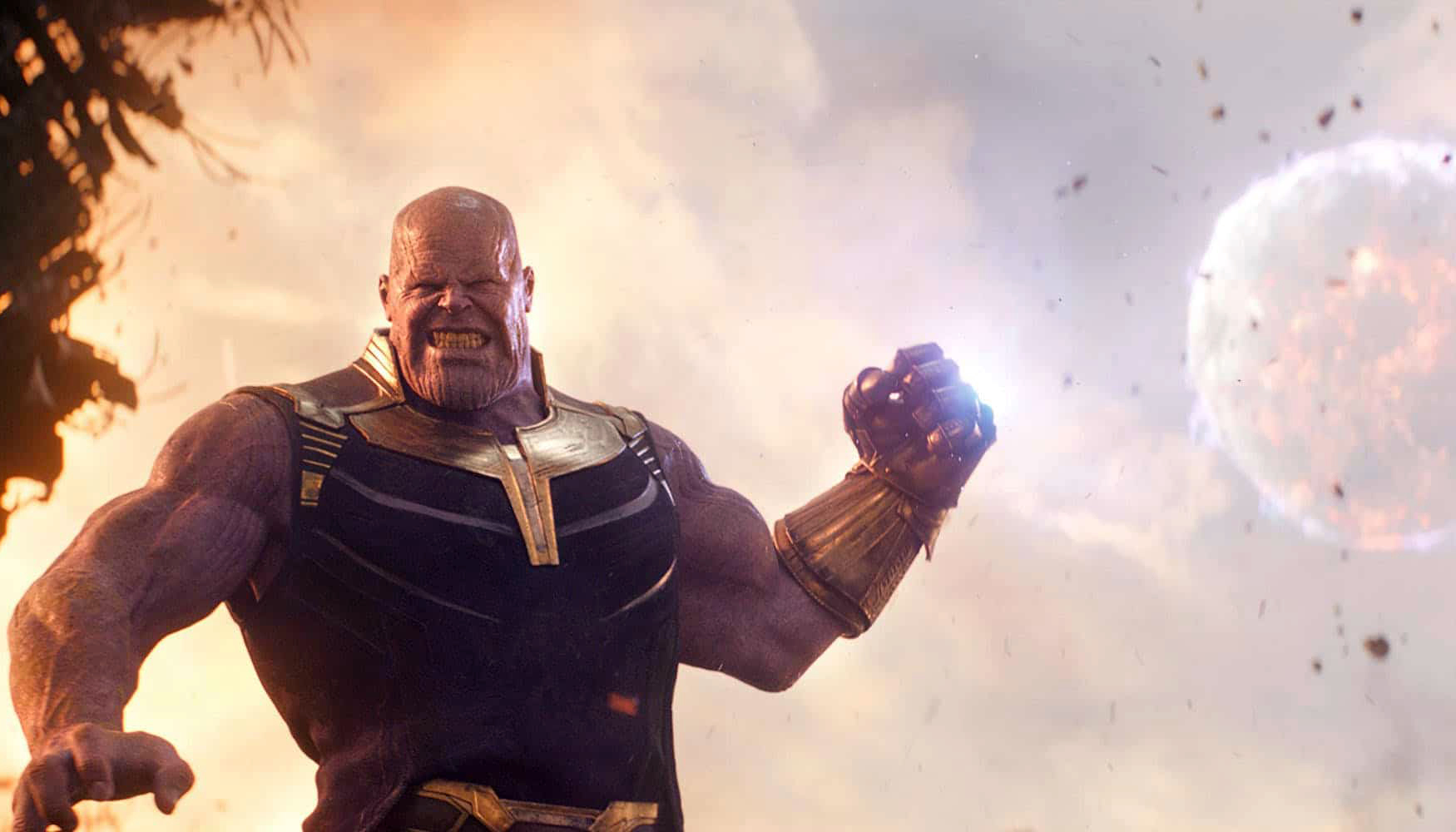
Marvel did such a tremendous job in establishing Thanos that the next Big Bad will face an uphill battle to appear similarly dangerous. Don’t get me wrong. Marvel can totally do this, but for every Thanos, there’s an Ultron.
For whatever reason, audiences didn’t respond to the most famous foe of The Avengers the way that they did to one more closely associated with outer space superheroes. The same thing can’t happen during Phase Four. The next intergalactic threat must, at the very least, match Thanos. That’s the bar to clear.


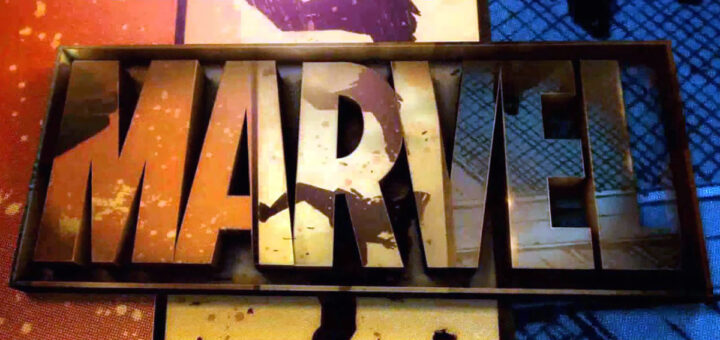
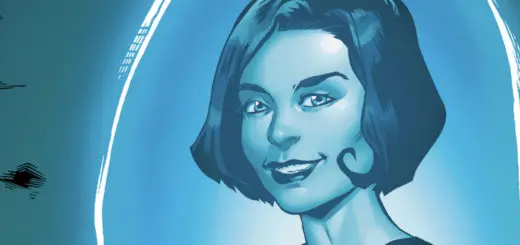
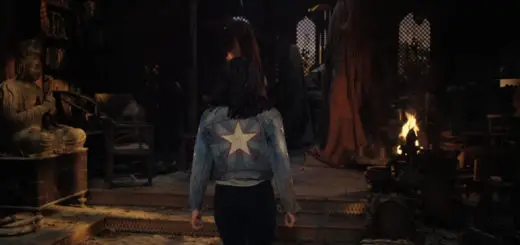
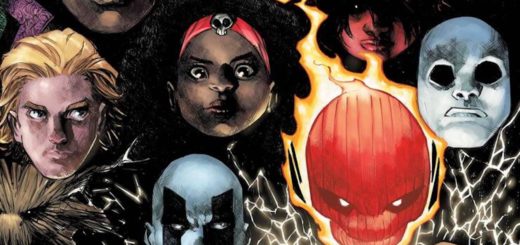






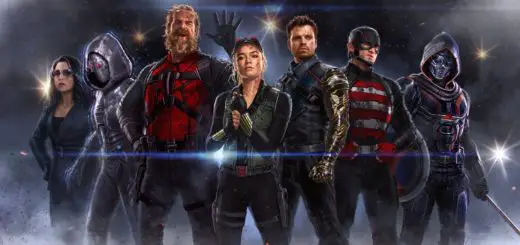
3 Responses
[…] Insiders expect enlightenment about current projects like The Falcon and the Winter Soldier and WandaVision. At a minimum, a new trailer or two should […]
[…] mind being a superhero, what about being an Imagineer; especially an Imagineer tasked to build a Marvel-themed LAND in the […]
[…] Only three more months until Sam Wilson transitions from Falcon to Captain America! […]